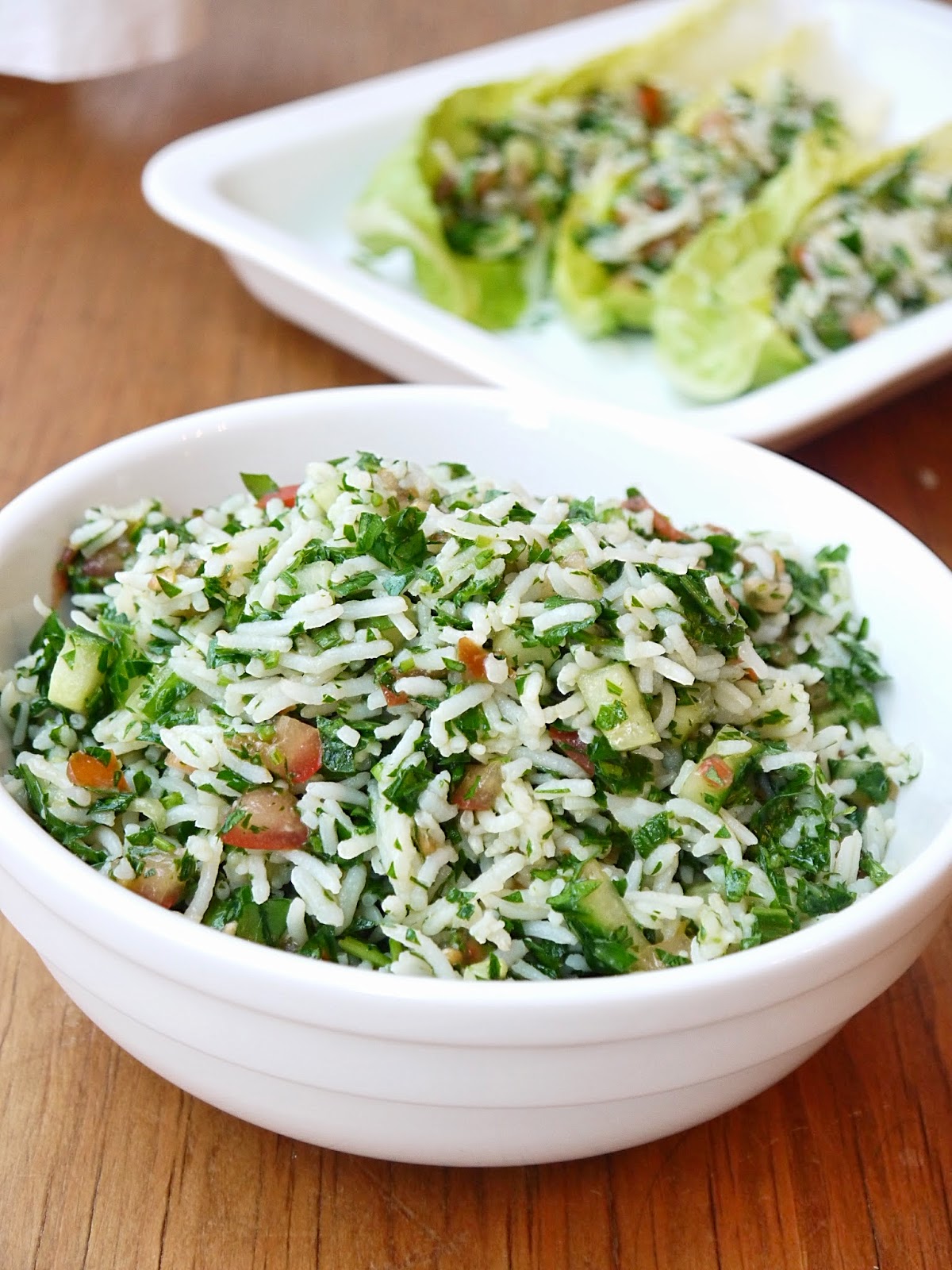Milk what?
Milk kefir (keh-feer) is a fermented milk drink, similar to a drinkable yogurt. Thick, creamy, tangy, with a slight effervescence, some describe it as the "champagne" of dairy because of the lovely light fizz in this creamy drink. When homemade, its flavor changes with the seasons, becoming thicker and milder in the summer, and yeastier in the winter. A living food, kefir is cultured with wild yeasts and bacteria, and depending on the milk, fermenting practices, and strains of microorganisms, its taste ranges from mild or pungent, tangy or sour.
What is Old is New Again
Kefir originates from the ancient the Caucasus region, where it was lauded as a gift from the gods, a traditional elixir for health and longevity. Traditional kefir was made from fresh raw animal milk, and hung from skin bags near the doorways, so that the family's movements in and out would agitate the grains and the milk. Today, you can find kefir just about anywhere in the world, but it remains popular in eastern and northern Europe. I remember sampling it when we traveled through Europe, and loved it immediately. I also remember seeing it on the shelves of the Jewish supermarkets in Jerusalem, which is why I had the impression for a long time that it was an Israeli drink. Arabs also drink it (my mother tells me that families in her childhood neighborhood in Nazareth brewed it) and it is often strained into a thick cheese, very similar to yogurt cheese, or labaneh. It is also rising in popularity in the United States, and you can find it in pasteurized forms in most natural food stores or in larger markets.
Milk is transformed into kefir when it is mixed with "kefir grains," usually left at room temperature, and left to ferment until it has thickened. "Kefir grains" are live active cultures, forming a symbiotic culture of bacteria and yeast (SCOBY). These small, gelatinous particles develop into complex cauliflower-like structures. My toddler, who likes to help me make the kefir, describes the grains as "wet popcorn," which is a very apt description.
While this all sounds exotic, obscure, and (perhaps a little terrifying?) making kefir is very simple. All you need is a couple of grains, add them to milk, and leave them on your counter to ferment until thickened. If you are lucky, you can inherit some from a kind friend, or join a free culture-sharing Facebook page, where people mail them off or give them away freely. Otherwise, purchase them online.
Drink to Your Health
I am in love with this drink. Have you ever tried something for the first time and you were instantly hooked? This tangy, fizzy, creamy, thick drink, just won me over at first swig. But it wasn't just the taste that drew me in. It made me feel good. Happy. Relaxed. And I thought that this was strange until I read that the word "kefir" is thought to derive from the Turkish word "keif" which means "good feeling." It turns out that kefir is rich in tryptophan, that amino acid that raises your feel-happy seratonin levels in your brain. After just a cup, I do notice that I feel slightly calmer and more relaxed.















